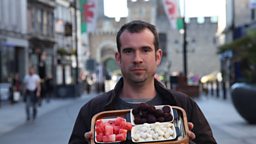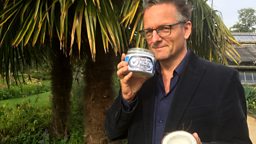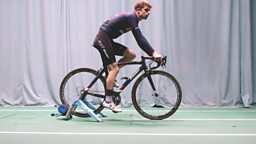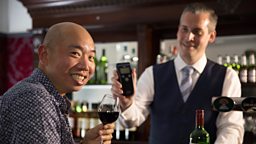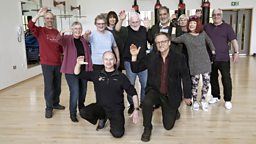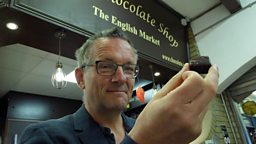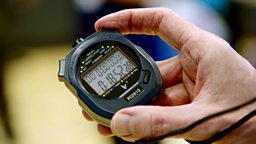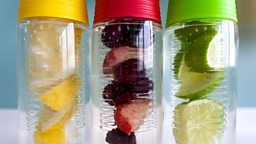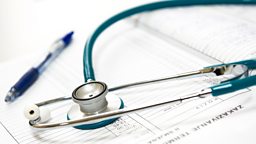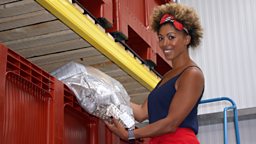Are over the counter breathalysers worth the money?
For over fifty years the police have been using breathalysers to measure the level of alcohol in people’s blood, but these days anyone can buy a personal breathalyser online or on the high street. It’s estimated that worldwide we spend over £400 million pounds on these kits a year – but how accurate are they? And what do you need to consider if you’re going to buy and use one?

The main reason most people buy these kits is to ensure that they do not drive over the drink-drive limit, which is 80mg of alcohol per 100ml of blood in England, Wales and Northern Ireland and 50mg of alcohol per 100ml in Scotland.
When blood passes through our lungs some of the alcohol goes into the air in our lungs – this is what breathalysers measure, and they use a ratio to convert this into a measurement of the amount of alcohol in our blood.
It can be hard to judge our BAC level ourselves because we all react slightly differently to alcohol, and the speed with which it gets into and out of our system depends on a variety of factors such as age, gender, weight, what you’ve eaten and what exactly you’re drinking.
In our tests, we compared 6 different self-test breathalysers to a police-grade model. With the help of of London South Bank University, Dr Giles Yeo tested each kit 4 times during an evening in the pub. To make sure the breathalyser was only measuring the alcohol in his lungs and not the alcohol in his mouth, Giles always had a 30-minute break from drinking before using the devices. The breathalysers we chose ranged in price and contained different types of sensor.
When we analysed the results we found that while some of the breathalysers tracked the police model closely, others consistently overestimated Giles’ BAC - in one case the measurement was 50% higher than the police model. We found that overall the best performing devices contained what is called a fuel cell sensor, which is what the police-grade models use.
If you are interested in buying and using a personal breathalyser, there are some important things to be aware of:
- Using a breathalyser on a night out is risky because even if the reading isn’t skewed by any alcohol in your mouth, it only provides an instant snapshot – your BAC will continue to rise for 30-90 minutes after a drink, so you could measure as under the legal limit when you’re about to leave the pub, but then cross that threshold on your journey home.
- A better time to use these devices is the morning after a night of drinking, when your BAC could still be high and you want to make sure you’re safe to drive. In fact many over-the-counter breathalysers are actually designed to be used this way.
- Another reason to try a self-test breathalyser would be to build up a clearer picture of how YOUR body handles alcohol and how quickly it leaves your system. Because each of us will react differently to alcohol, a breathalyser could give you a better understanding of how it really affects you.
- Most self-test devices need to be calibrated around once a year to keep them accurate.
- Personal breathalyser readings are NOT a defence in court. The only failsafe option is not to drink and drive at all.
Related links
Further Information
During his night in the pub, Giles was joined by a group of students who were also tested during the evening with the police breathalyser. By the end of the evening both they, and Giles, were significantly affected by the alcohol they had consumed and considered themselves unsafe to drive. Yet, the breathalyser readings for Giles and for 4 out of the 6 students remained below 80mg per 100ml of blood, the drink drive limit in England, Wales and Northern Ireland. We at Trust Me I’m a Doctor are concerned that this limit is too high and should be lowered.
To find out more Michael Mosley interviewed road safety expert Prof Richard Allsop and contacted the Department for Transport for comment. You can find out more about that story .






